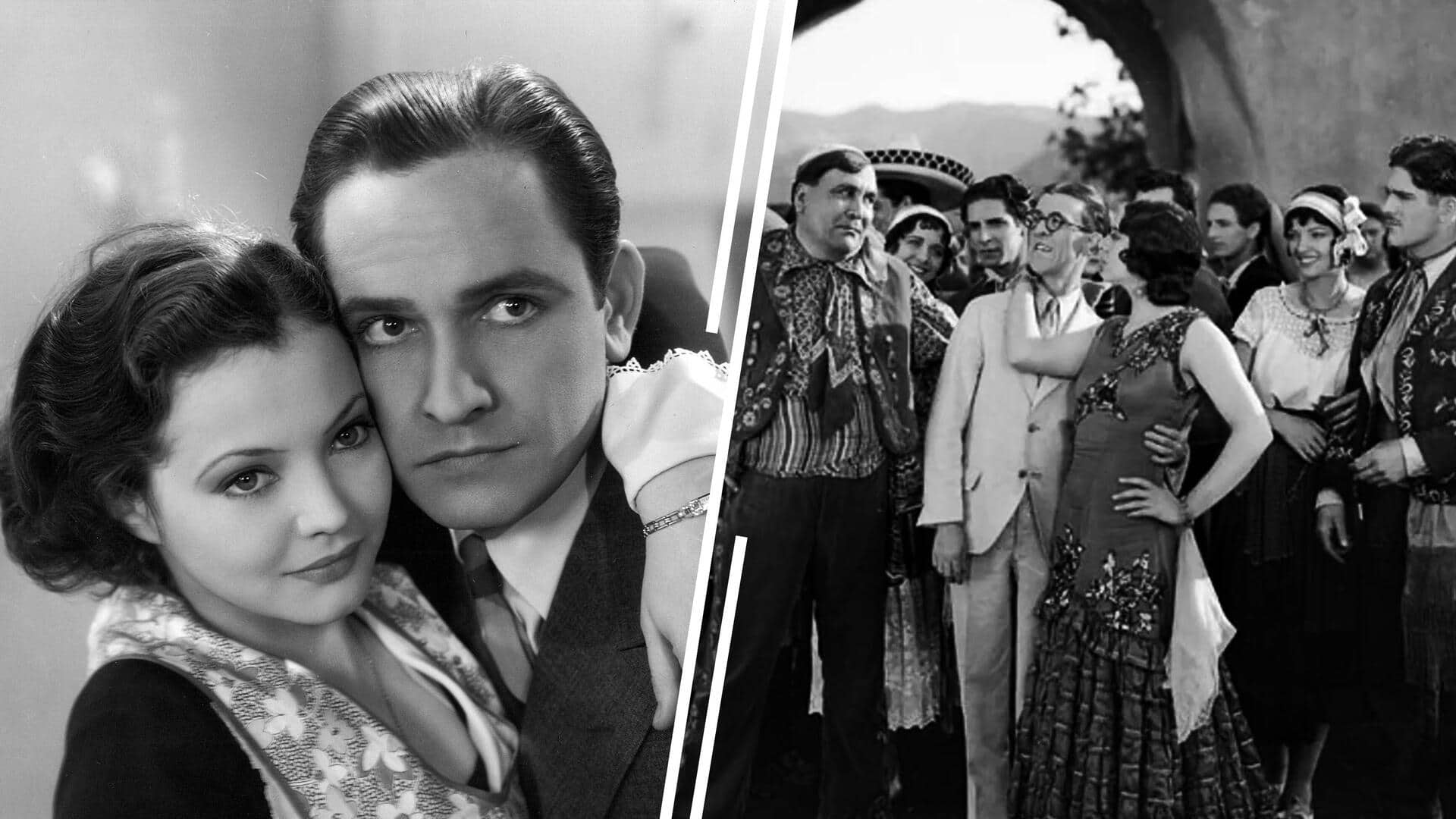
Explainer: Understand Pre-code Hollywood—When censorship was lenient in America
What's the story
What would happen to the film industry if there was no censorship in place and artists were allowed to run amok? While it's difficult to visualize such a time in the present day and age, there existed a time in Hollywood decades back when censorship was rather lenient and filmmakers had more creative liberty to infuse life into their ideas on the big screen.
Meaning
What does it actually mean?
Columbia University Press says, "Pre-Code Hollywood explores the fascinating period in American motion picture history from 1930 to 1934 when the commandments of the Production Code Administration were violated with impunity in a series of wildly unconventional [or explicitly sexual] films." The said code is the Motion Picture Production Code (MPPC)/Hays Code, which Hollywood films had to strictly comply with from 1934-1968.
Characteristics
Main characteristics of pre-code movies
Since Hollywood films were leaving behind the silent film era and widely adopting sound movies, filmmakers ensured they made the utmost use of it. Some of the most common characteristics of such films included explorations of illicit/sexual relationships, representation of illegal drug use, promiscuity, prostitution, and infidelity, and use of abortion or divorce (considered taboos then) as the focal points of the films.
Sex in films
Sex was a recurring theme across projects
Reportedly, this was the time when female representation grew exponentially in movies and they became the cynosure of several films, especially the ones that dealt with sexual themes. Even posters and other promotional assets showed women in dresses that weren't exactly considered "civil." Merrily We Go to Hell, Rio Rita, Glorifying the American Girl, Her Private Life, and The Wild Party are some examples.
Controversial films
Controversial films of this era
Unsurprisingly, several films sparked controversy and outrage because they featured content Hollywood wasn't used to earlier. An example is Red-Headed Woman, which glorifies its protagonist, someone who used her sexuality as a weapon and even attempted murder. Morocco, on the other hand, featured a kiss between two women, and for a 1930 release, a mere hint of homosexuality was enough to anger people.
Musicals
A number of musicals were also produced during this time
Since sound films had been introduced to Hollywood by this time, this helped filmmakers include musicals in a broader sense than was possible earlier. However, skimpily clad-women remained a constant in this genre, too. Some examples of pre-code musicals include The Jazz Singer, Showgirl in Hollywood, Going Hollywood, Footlight Parade, The Big Pond, Good News, and Gold Diggers of 1933.
Hays Code
What changed after the Hays Code?
When the Hays Code came long, it restricted a number of things, such as "Any licentious or suggestive nudity - in fact or in silhouette; and any lecherous or licentious notice thereof by other characters in the picture," and "Ridicule of the clergy." Another directive said, "Special care must be exercised when dealing with: Sympathy for criminals; The use of drugs; and marriage."